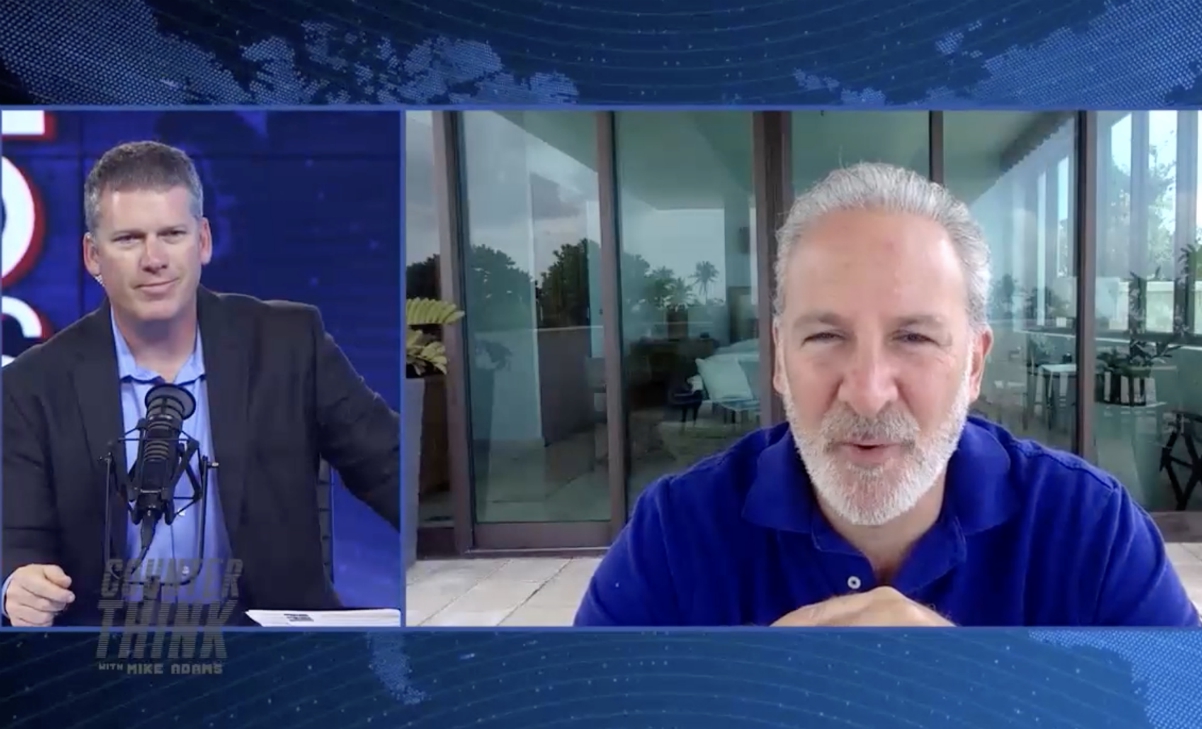
The suit was filed by Consortium News against NewsGuard and the U.S. government. It accuses the parties of colluding to censor their foreign policy reporting, defaming them and violating the First Amendment. They are seeking $13 million in damages, along with an injunction deeming the partnership between NewsGuard and the government unconstitutional.
The complaint said that NewsGuard is “acting jointly or in concert with the United States to coerce news organizations to alter viewpoints" and took issue with them deciding the whole site was unreliable based on just six articles they had a problem with.
Consortium maintains in its suit that NewsGuard is not a neutral fact checker because of its connection to the U.S. government. The company started presenting users who were looking at headlines on browsers equipped with NewsGuard with red warnings that said to “Proceed With Caution” and claimed the site printed “false claims about the Ukraine-Russia war.” This warning also informs advertisers, social media platforms and news aggregators they shouldn’t trust the site.
However, Consortium News is a legitimate publisher founded by a respected Pulitzer Prize-winning investigative journalist, Robert Parry. Known for its criticism of American foreign policy, it is not surprising that the government-backed NewsGuard targeted it over articles that have been substantiated by other outlets.
An attorney for the outlet, Bruce Afran, recently filed an amended complaint stating that in addition to defaming Consortium News, NewsGuard is serving as a front for the military to silence critical reports. He said: “What’s really happening here is that NewsGuard is trying to target those who take a different view from the government line.”
He added: "The government cannot evade the Constitution by hiring a private party."
NewsGuard claims it is a "vaccine against misinformation," which is also how it was pitched to big tech companies.
The Twitter Files revealed how NewsGuard was pitched this way to Twitter executives by former Wall Street Journal publisher L. Gordon Crovitz. Rather than fact checking individual claims, it boasted the ability to rate websites’ overall reliability and “prebunk” what it deemed COVID-19 misinformation.
Although this pitch did not succeed in the end, it does serve as evidence that the government uses a multi-pronged approach in silencing views it considers problematic. We already know that the government has directly appealed to various social media platforms and news outlets on multiple occasions – something that was also backed up by the Twitter Files – and this also makes it clear that they work with non-governmental organizations to watch over the internet and make sure it says what they want it to.
NewsGuard likens its absurd ratings system to “nutritional labels,” with assessments made on a scale of 0 to 100 according to what they claim are “nine apolitical criteria.” Not surprisingly, conservative sites seem to get the lowest ratings from them, with sites like The Federalist earning a paltry 12.5 percent rating.
Another troubling aspect of NewsGuard is its BrandGuard tool, which uses an exclusion list deterring advertisers from buying ads on sites that have low ratings. This poses some serious conflicts of interest. For example, NewsGuard’s biggest investor is Publicis Groupe, who represents a broad range of government and corporate clients. One of them is Pfizer, whose COVID-19 vaccine has been criticized or questioned by many of the news outlets that have been given low scores by NewsGuard.
Independent journalist Lee Fang notes: “NewsGuard has faced mounting criticism that rather than serving as a neutral public service against online propaganda, it instead acts as an opaque proxy for its government and corporate clients to stifle views that simply run counter to their own interests.”
A study by the Media Research Center of the NewsGuard rating system involving 55 news sites found that the average score for conservative outlets was 66 percent, while liberal outlets enjoyed an average score of 93 percent.
Sources for this article include:
Please contact us for more information.

















